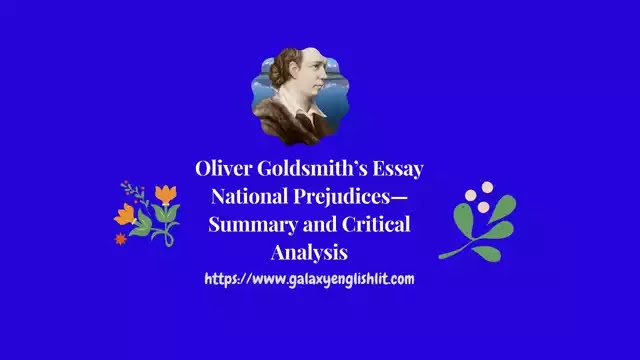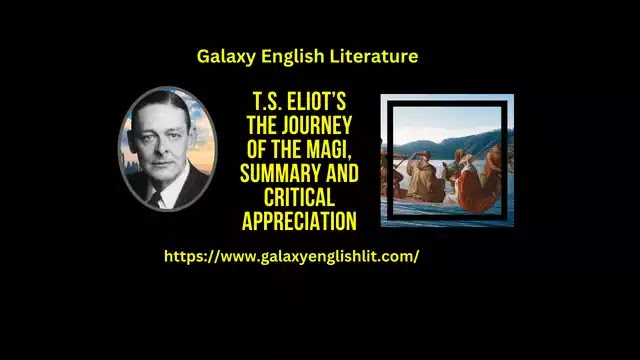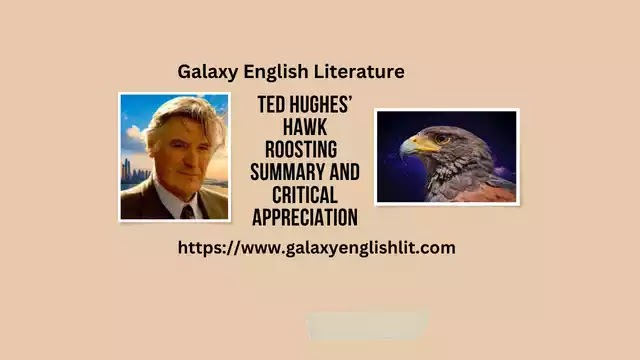Hughes' Employment of Imagery:
The Imagery used by Hughes always fascinates and grips us. The imagery in his animals’ poems is at once graphic and realistic. It shows the vitality or energy of the animals concerned and also on the violence, the fierceness, and the cruelty of most of those animals. Hughes has two purposes for the employment of the animal imagery - first is to convey visual impression of animals and second for symbolic purpose.
 |
| Critical Study of Animal Imagery in Ted Hughes’ Poetry |
Imagery used in Hawk Roosting:
In Hawk Roosting, the imagery of violence and brutality is more striking. The hawk is proud of its power to kill. All the fierceness and brutality of the hawk have been summed up in a few lines: “I kill where I please because it is all mines.” The hawk's whole business of life is to tear off heads. Its whole concern is to distribute death and it never wavers in carrying out this task because it knows only one path, and that is the path leading it directly through the bones of the living creatures.
Graphic Imagery in The Jaguar:
In the poem, before the poet introduces the jaguar, he gives us vivid pictures of a number of other animals in the zoo. The jaguar is presented as “hurrying enraged through prison darkness.” Its eyes are blind because of the fire in them. Its ear has become deaf because of “the bang of blood in the brain.” It spins from the bars; but the bars are not regarded by it as those of a cage imprisoning it. It is not in the least conscious of the fact that it is a prisoner ; and this idea is emphasised by its being compared to a visionary who has been confined to a prison - cell but who is absolutely heedless of his imprisonment. The cruelty of the jaguar is conveyed to us by such words and phrases as “hurrying enraged”, “the drills of his eyes on a short fierce fuse”, and “the bang of blood is the brain.” Besides fierceness, its chief trait is its feeling of freedom. This feeling finds expression in the extreme rapidity of its movements. Here we have a most striking line: “His stride is wilderness of freedom.” Other animals too have been depicted vividly. The apes in the zoo are seen yawning lazily in their cages. The parrots are uttering loud cries, or moving about proudly us if showing off their finery. The tiger and the lion look tired and lazy as they are motionless in the sunlight. The boa constrictor lies coiled, making not the least movement and giving no sign of life.
Remarkable and Vivid Imagery in Pike:
In the poem Pike a pike is a voracious fish found in fresh water. It has a sharp snout. It has long jaws, strong teeth and elongated body. The poet comes across a young pike and describes it as three inches long giving the appearance of a green and gold combination in stripes, like a tiger. It has the killing instinct right from the time it appears in this world. It has a horrid look which the poet compares to a malicious old grin. The swimming pikes look as though they are dancing on the surface among the flies flying there. Sometimes they move like a submarine under the emerald green water. They exhibit a delicacy in their beauty and also the horror of a hidden submarine. The examples of phrases and lines which bring vivid pictures to our minds , and which also startle us by their originality are Green tigering the gold, “killers from the egg”, “he malevolent aged grin”, “stunned by their own grandeur”, “submarine delicacy and horror”, “the jaws hooked clamp and pangs.”
The Imagery in the Poems without having Violence and Ferocity:
In most of his animal poems, Hughes depicts the wildness, the fierceness and the brutality of the animal concerned. But in the poem The Horses, the ten horses stand silent and still, without making any move, and without even snorting or jerking their heads. They have been described as patient and passive. The description of the horses is as graphic as the description of natural scene. The two lines emphasise the silence and stillness of the horses and of one - world around them:
“Gray silent fragments
Of a grey silent world.”
The Symbolic Importance:
According to Ted Hughes, the animals are much more adapted to their environment than human beings. In the poem The Jaguar it is made clear to us that, while man may imprison an animal, he cannot imprison an animal's energy and instinct, especially the energy and instinct of a jaguar. Even in a man - made cage, a jaguar remains true to itself. Evidently Hughes believes that human beings are more caged in their domestic and social environment than animals are in their cages. The jaguar is in a cage and unmindful of it since its fierce energy cannot be so easily caged. This is evident from the relationship between the uncaged visitors and the caged jaguar. The caged is unaware of the presence of the visitors it is absorbed in its own vision of light and cosmic energy, the visitors, despite their freedom, are attracted to the cage of the jaguar hypnotised by its power and energy. The passive jaguar thus becomes active, and the active spectators, passive. The jaguar, no longer, remains an animal, but becomes a representative of man in certain respects. The fact that it is caged makes the jaguar, of course, a natural representative of a man's imprisoned animal urges. It is objectively caged but subjectively free, since it cannot formulate the concept of imprisonment. It is an example of the man who longs to live fully in those energies. In the poem entitled Hawk Roosting, the poet does not praise the hawk so much as it denigrates man by comparison. The hawk is here seen as vastly superior to man who is unable to accept Nature for what it is and, instead, tries to tame it by giving it philosophical names. The hawk does not have man's debilitating intellect or man's slavish obedience to rules. In the poem The Horses, the ten horses are timeless. They inhabit their own world. They are grey, silent fragments of a grey silent world. These horses can fully cope with the freezing cold of the morning while the poet is unable to do so. The speaker in this poem, who is undoubtedly Hughes himself, expresses his own ability to cope with the elements, while the horses stand in a close relationship with those elements. Like the horses, Hughes wants to inhabit a timeless world and be tested by the elements.





